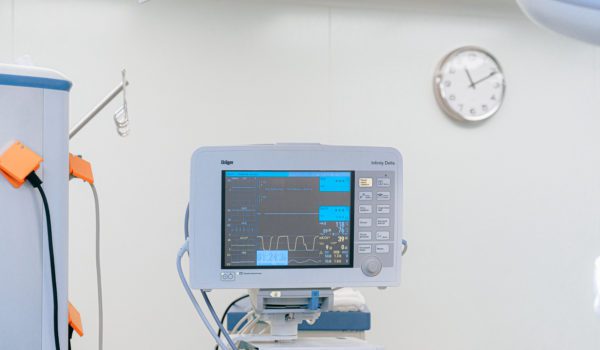Utilization of RPM and RTM services has surged dramatically over the past few years. In 2016, before Medicare began reimbursing these services, approximately 7.1 million patients in the United States benefited from RPM services. This number is expected to increase tenfold to 70 million by 2025. With this rapid increase, stakeholders are reasonably concerned that Medicare Administration Contractors (MACS) are seeking to restrict or limit the use of these services via a Local Coverage Determination (LCD) policy, despite strong clinical evidence that these services greatly enhance patient care.
A recent Contractor Advisory Committee (CAC) Meeting on Remote Physiologic Monitoring (RPM) and Remote Therapeutic Monitoring (RTM) for non-implantable devices was held to address these issues. Specifically, the purpose of the meeting was to:
- examine the quality and strength of the clinical evidence related to RPM and RTM for non-implantable devices,
- discuss how the current clinical evidence specifically relates to improved health outcomes in the Medicare population; and
- obtain CAC members’ and subject matter experts’ opinions and expertise on questions related to the clinical evidence.
It was hosted by the following MACs: Novitas Solutions, First Coast Service Options, Noridian Healthcare Solutions, CGS Administrators, Palmetto GBA, and WPS Government Health Administrators.
Ultimately, MACs are seeking to gather and evaluate a robust collection of data to determine whether or not to create a LCD for RPM and RTM services. An LCD is a policy set forth by each MAC informing the beneficiaries within their geographic scope whether certain items and services will be reimbursed. MACs can publish LCDs when no National Coverage Determination (NCD) has been issued by the Centers for Medicare & Medicaid Services (CMS).
The panels at the CAC meeting included a variety of specialists, including cardiology, pediatrics, physical therapy, orthopedic surgery, pain management, addiction, geriatrics, obstetrics and gynecology, and neonatology.
These panelists unanimously touted the tremendous benefits that RPM and RTM services afford to patients, including
- impressive ability to lower downstream costs,
- reducing emergency room utilization,
- decrease in unnecessary imaging; and
- significant improvement in medication and medical device adherence as compared to the standard of care.
The providers on the panel discussed how RPM and RTM allow them to better understand their patients health and behaviors, allowing for earlier intervention and better clinical outcomes. Panelists noted the particular importance of RTM and RPM technologies on understanding and combatting opioid use. Equity and access were also discussed in this conversation, with providers noting that the tools provided through RPM have been helpful in improving care of patients without access to reliable internet and devices. Remote monitoring has also enabled providers to provide better care within patient demographics in which certain chronic conditions are more prevalent. Providers discussed specific clinical conditions in which RPM and RTM give a better picture of the patient’s health including “white coat hypertension,” weight management in heart failure patients, diabetes, and asthma.
All LCD decisions require MACs to publish a first draft that is open to comment. After a draft LCD is published, the publishing MAC must receive public comments for a minimum of 45 calendar days before issuing a final determination. Subject matter experts on RTM and RPM are encouraged to submit additional comments or literature to the MACs at medicalaffairs@guidewellsource.com by Friday, March 10, 2023.
For more information, contact Neha Matta, Catherine Buck, or any attorney with Frost Brown Todd’s Health Care Innovation industry team.

